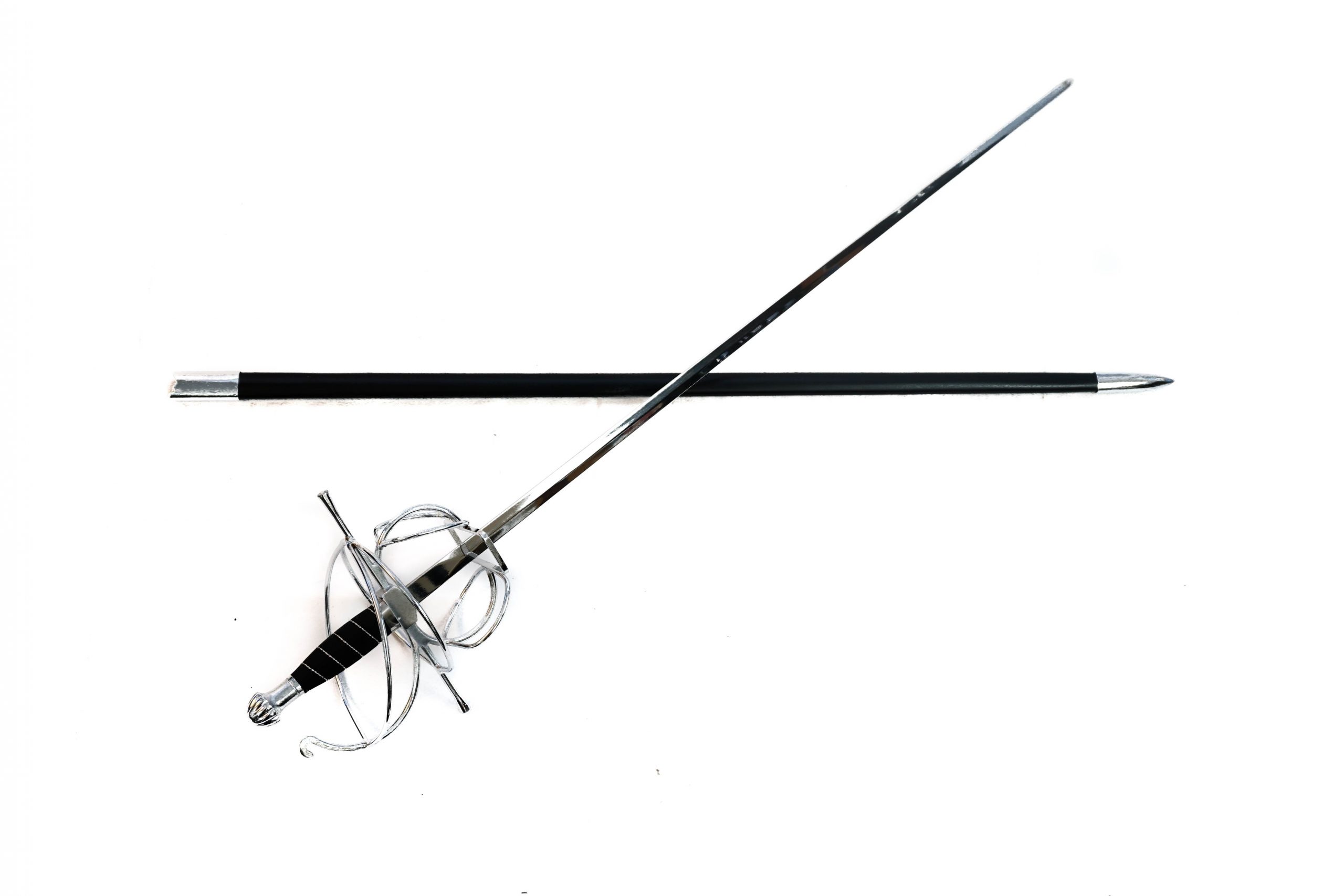Fencing is a popular sport that has been around for centuries. It involves two competitors using swords to score points by making contact with their opponent’s body. While there are different types of swords used in fencing, one question that often arises is: what is the fencing sword called? In this blog post, we will dive into the world of fencing swords, exploring their history, types, components, and more. Whether you are a beginner or a seasoned fencer, this post will provide you with a comprehensive understanding of fencing swords.
Fencing swords, also known as foils, are an essential part of the sport of fencing. They are lightweight, flexible, and designed specifically for the sport. The main objective of fencing is to make contact with your opponent’s body using the tip of your sword while avoiding being hit yourself. This requires quick reflexes, agility, and precision, making fencing a physically and mentally demanding sport.
Understanding the different types of fencing swords and their components is crucial for any fencer. It not only helps in choosing the right sword but also in maintaining and using it effectively. So, let’s delve deeper into the world of fencing swords.
Understanding Fencing Swords
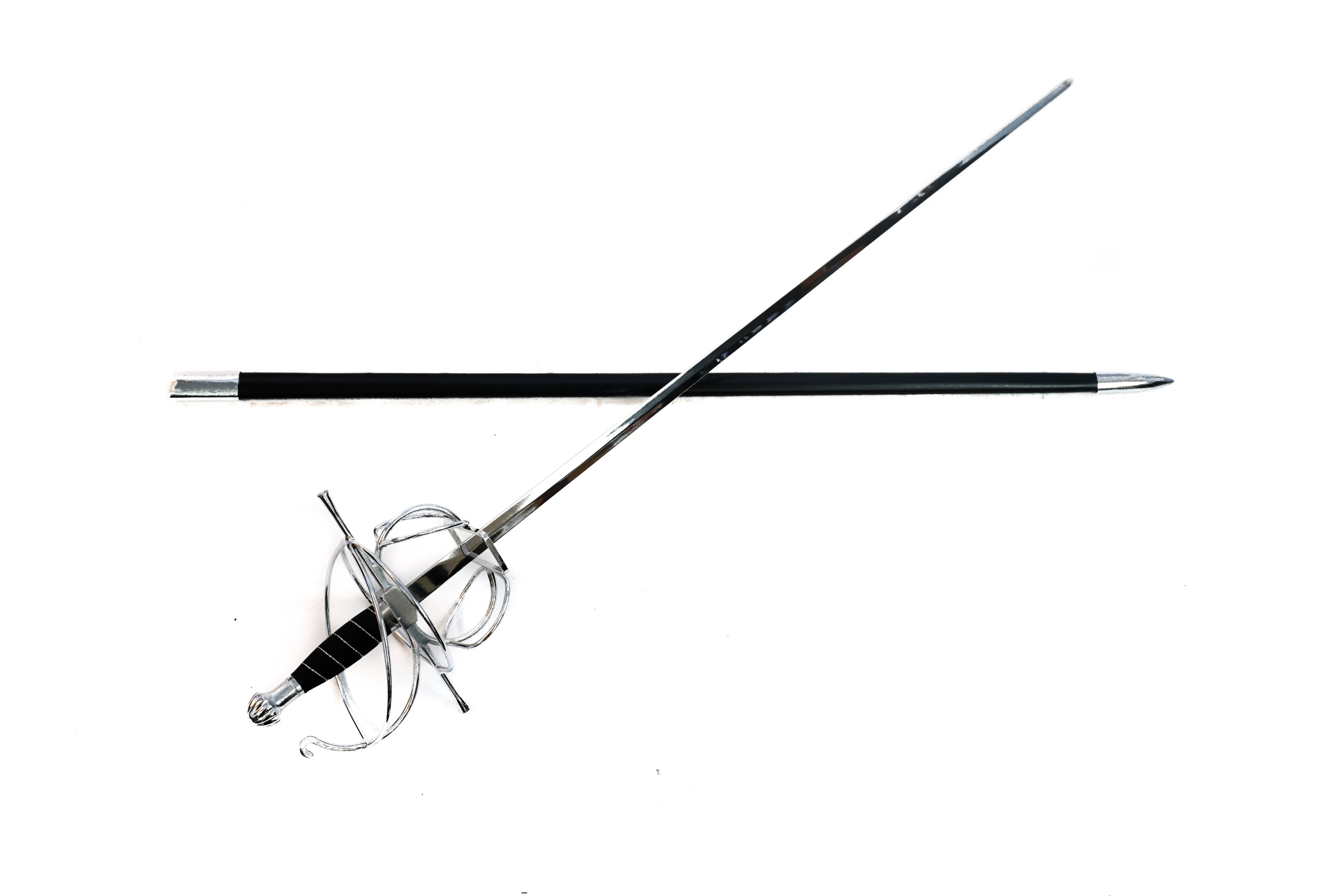
Fencing swords are divided into three main categories: foil, epee, and sabre. Each type has its own set of rules, techniques, and target areas. Let’s take a closer look at each type.
Foil
The foil is the most commonly used fencing sword and is considered the “training sword” for beginners. It is a light, flexible sword with a rectangular cross-section and a blunt tip. The target area for foil fencing is the torso, including the back, chest, and groin. The objective is to make contact with the tip of the sword on these areas to score points.
Foil fencing is all about precision and control. The blade of the foil is designed to bend on impact, making it easier to determine if a hit was made. It also has a smaller guard compared to other swords, allowing for more precise movements.
Epee
The epee is the heaviest and longest fencing sword. It has a triangular cross-section and a sharp point, making it the only sword that can score points with any part of its blade. The target area for epee fencing is the entire body, including the head and feet. This makes epee fencing more challenging as fencers need to be constantly aware of their entire body.
Epee fencing is known for its slower pace and strategic gameplay. Since the entire body is a target, fencers must be cautious and patient, waiting for the perfect opportunity to strike.
Sabre
The sabre is the most aggressive and fastest fencing sword. It has a flat blade with a curved edge and a blunt tip. The target area for sabre fencing is the entire body above the waist, including the arms and head. Unlike foil and epee, sabre fencing allows for scoring points with both the tip and the edge of the blade.
Sabre fencing is all about speed and agility. Fencers must be quick on their feet and have excellent reflexes to make successful attacks and counterattacks.
History of Fencing Swords
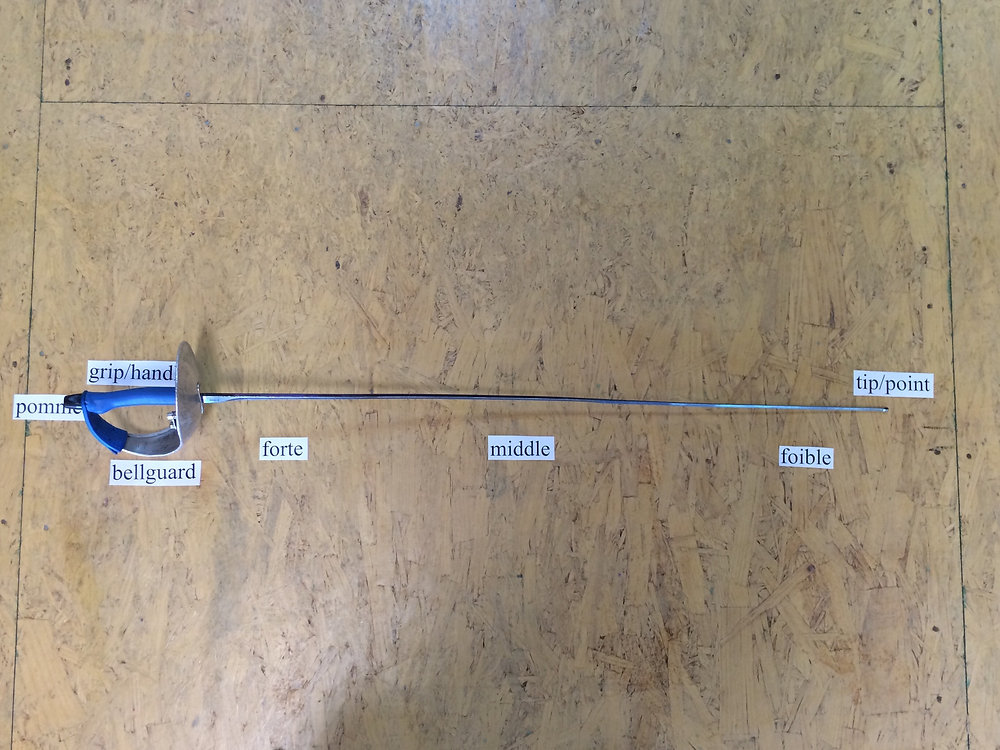
The history of fencing swords dates back to ancient civilizations such as Egypt, Greece, and Rome. However, the modern sport of fencing originated in Europe during the 15th century. It was initially used as a form of combat training for soldiers, but eventually evolved into a popular sport among the upper class.
In the 19th century, fencing became an official Olympic sport, and the rules and techniques were standardized. This led to the development of different types of fencing swords, each with its own set of rules and target areas.
Types of Fencing Swords
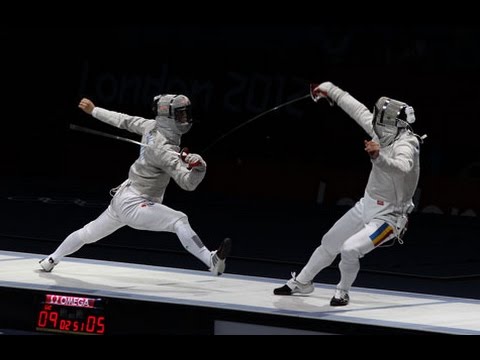
Apart from the three main types of fencing swords, there are also variations within each type. These variations are designed to cater to different levels of fencers and their specific needs. Let’s take a look at some of the most popular types of fencing swords.
Practice Foil
A practice foil is a heavier version of the traditional foil. It is used for training purposes and is ideal for beginners who are still developing their technique and strength. The added weight helps in building muscle memory and improving control.
Electric Foil
An electric foil is a standard foil with a small button on its tip that registers hits electronically. This type of foil is used in competitions and requires a scoring machine to determine points. It is designed to be more sensitive than a regular foil, making it easier to detect hits.
French Grip Epee
The French grip epee is a variation of the traditional epee. It has a longer handle and a straighter blade, allowing for a more comfortable grip and better reach. This type of epee is preferred by fencers with larger hands or those who prefer a more extended grip.
Pistol Grip Sabre
The pistol grip sabre is a modern variation of the traditional sabre. It has a curved handle that fits comfortably in the hand, providing better control and precision. This type of sabre is popular among fencers who prefer a more ergonomic grip.
Components of a Fencing Sword
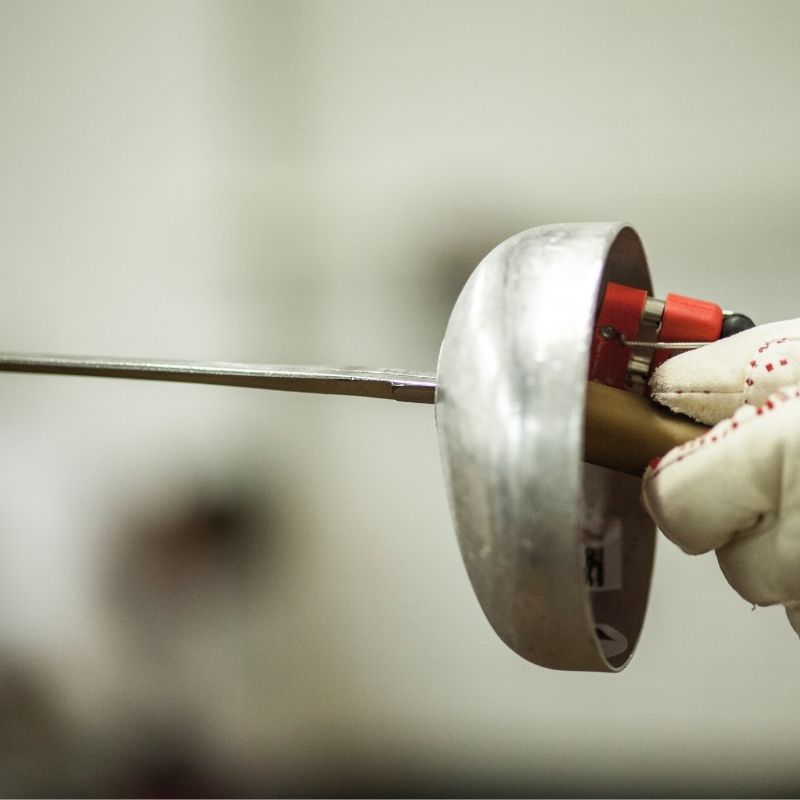
To understand what makes a fencing sword unique, we need to look at its components. Each part plays a crucial role in the sword’s performance and durability. Here are the main components of a fencing sword.
Blade
The blade is the most important component of a fencing sword. It is usually made of steel and can vary in length, flexibility, and weight depending on the type of sword. The blade’s flexibility is essential as it allows for the sword to bend on impact, making it easier to determine if a hit was made.
Guard
The guard, also known as the bell guard, is a circular or oval-shaped metal piece that protects the fencer’s hand. It is designed to deflect an opponent’s blade and prevent it from sliding down to the hand. The size of the guard varies depending on the type of sword, with sabres having the largest guard and foils having the smallest.
Grip
The grip is the part of the sword that the fencer holds onto. It can be made of leather, rubber, or plastic, and its shape and texture can vary depending on the fencer’s preference. A good grip should provide a comfortable and secure hold on the sword, allowing for better control and precision.
Pommel
The pommel is a small metal knob at the end of the sword’s handle. Its main purpose is to balance the weight of the sword and provide stability. It also helps in securing the grip and preventing it from slipping off during a match.
Popular Fencing Sword Brands
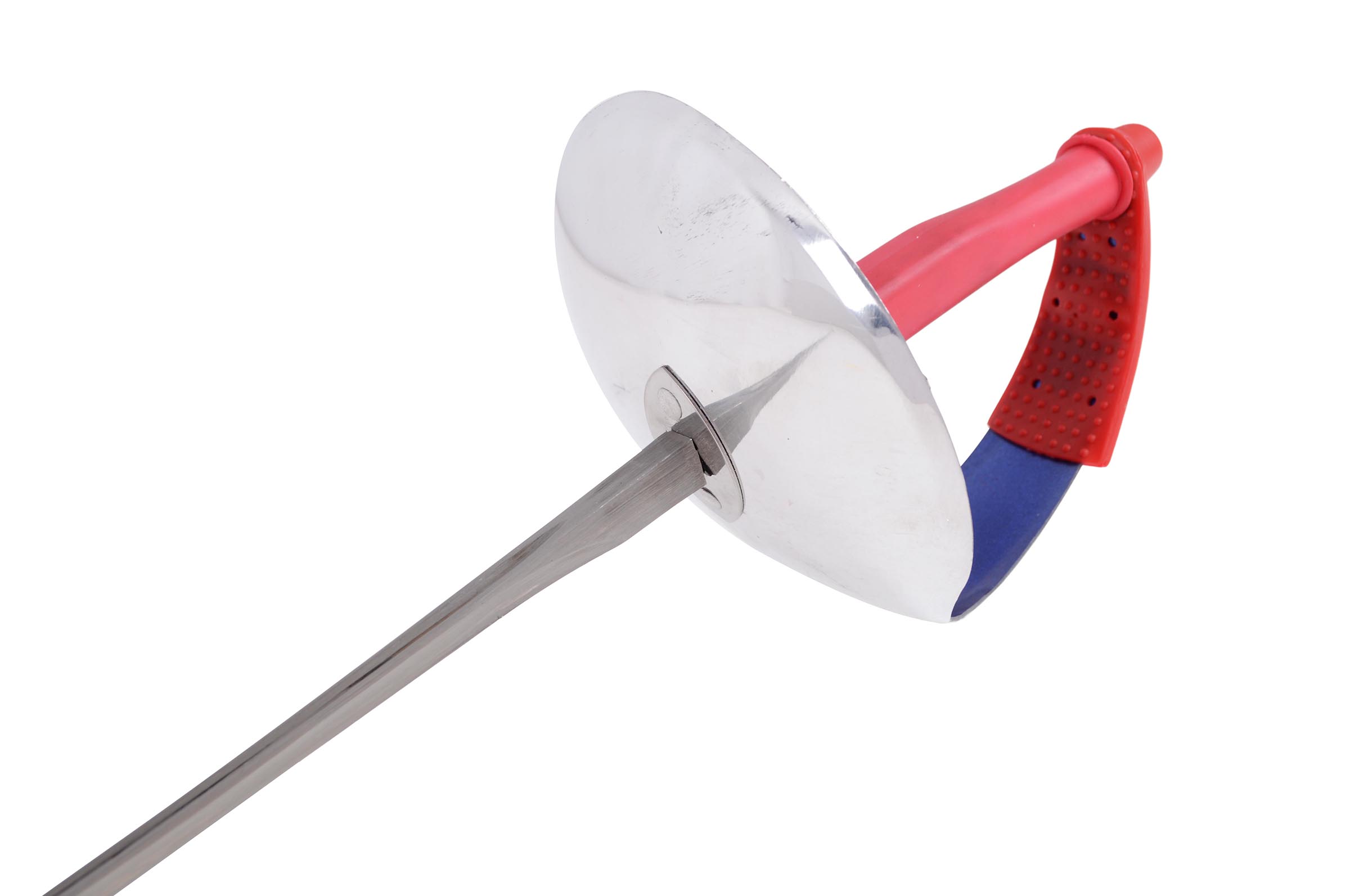
When it comes to fencing swords, there are several brands to choose from. Each brand has its own unique features and designs, making it challenging to determine which one is the best. Here are some of the most popular fencing sword brands in the market.
Absolute Fencing Gear
Absolute Fencing Gear is a well-known brand among fencers, offering a wide range of high-quality fencing equipment. Their swords are known for their durability and affordability, making them a popular choice among beginners and professionals alike.
Leon Paul
Leon Paul is a British brand that has been producing fencing equipment since 1921. They are known for their innovative designs and high-quality products. Their swords are used by top fencers around the world and are considered some of the best in the market.
Allstar International
Allstar International is a German brand that has been in the fencing industry for over 40 years. They are known for their top-of-the-line equipment, including their fencing swords. Their swords are designed to meet the highest standards of quality and performance, making them a popular choice among competitive fencers.
Buying Guide for Fencing Swords

Buying a fencing sword can be overwhelming, especially for beginners who are not familiar with the different types and components. Here are some factors to consider when purchasing a fencing sword.
Type of Sword
The first thing to consider is the type of sword you need. Are you a beginner looking for a practice foil, or are you an experienced fencer in need of a new electric sabre? Knowing the type of sword you need will help narrow down your options.
Blade Length and Flexibility
The length and flexibility of the blade are crucial factors to consider. As a general rule, the blade should be as long as your arm from your armpit to your fingertips. The flexibility of the blade also depends on personal preference, but it should be able to bend easily on impact.
Weight
The weight of the sword can significantly affect your performance. A heavier sword requires more strength and control, while a lighter sword allows for quicker movements. It is essential to choose a sword that feels comfortable and balanced in your hand.
Budget
Fencing swords can range from affordable to expensive, depending on the brand and type. It is important to set a budget and stick to it when purchasing a sword. Remember, a higher price does not always mean better quality.
Maintaining Your Fencing Sword
Proper maintenance is crucial for the longevity and performance of your fencing sword. Here are some tips to keep your sword in top condition.
Clean After Use
After each use, make sure to clean your sword with a dry cloth to remove any dirt or sweat. This will prevent rusting and keep the blade in good condition.
Oil the Blade
To prevent rusting, it is recommended to oil the blade regularly. Use a small amount of mineral oil and wipe it along the length of the blade with a cloth.
Store Properly
When not in use, make sure to store your sword in a dry place, away from moisture. It is also recommended to store it in a sword bag or case to protect it from any damage.
Using a Fencing Sword in Competition
Using a fencing sword in competition requires not only physical skills but also mental preparation. Here are some tips for using a fencing sword in competition.
Warm-Up
Before a match, it is essential to warm up your body and muscles to prevent injuries. This can include stretching, jogging, or practicing footwork.
Focus on Footwork
Footwork is crucial in fencing as it allows for quick movements and changes in direction. Make sure to practice your footwork before a competition to improve your agility and speed.
Stay Calm and Focused
Fencing can be an intense and fast-paced sport, so it is important to stay calm and focused during a match. Take deep breaths and focus on your opponent’s movements to anticipate their next move.
Conclusion
In conclusion, fencing swords are an integral part of the sport of fencing. They come in different types, each with its own set of rules and target areas. Understanding the history and components of fencing swords is crucial for any fencer, whether you are a beginner or a seasoned professional. With this knowledge, you can choose the right sword, maintain it properly, and use it effectively in competition. So, the next time someone asks you what the fencing sword is called, you can confidently answer and share your newfound knowledge about this fascinating sport.
